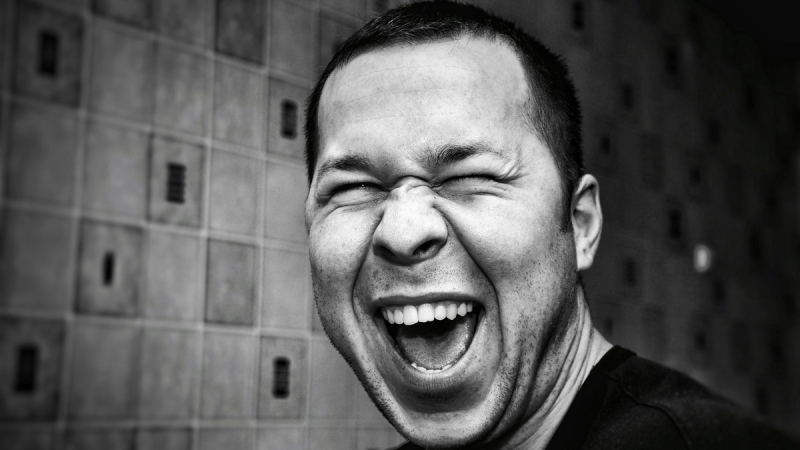
Illustrative photo/unsplash
Dopamine is a neurotransmitter, a chemical that helps transmit signals between neurons in the brain. It is the key to emotional well-being, the driving force behind our aspirations, and the source of vital energy. It also affects coordination, muscle tone, hormonal balance, and many other functions.
In the “Simply Words” podcast, psychiatrist Anna Lembke explained how our “internal chemistry” works, why the modern world pushes us to addictions. This is reported by the Psychological Support platform.
Main quotes from her story:
- Over millions of years of evolution, we have learned to instinctively seek pleasure and avoid pain. We do it involuntarily and unconsciously. Now we have to make a lot of efforts to do the opposite.
- When we perceive something as important to survival and worthwhile, the brain's reward system releases dopamine, endogenous opioids, and cannabinoids. We're like a walking pharmacy.
- For most of human existence, we've had to walk tens of kilometers every day, endure thirst, hunger, cold, heat, avoid predators, and work very hard to get just a small amount of dopamine. Now we have to put in almost no effort to get a huge burst of dopamine.
- Therefore, our natural mechanisms do not correspond to the world in which we live. Sugar and alcohol became cheap, food tastier because of artificial flavors, drugs more powerful. We have more free time and 24-hour access to entertainment on the Internet. This creates ideal conditions for the development of addiction, which affects our brain.
- All these stimuli provoke a rapid release of a large amount of dopamine, after which its level drops below the baseline. Our brain is always striving for a balance of dopamine levels. Therefore, in case of any deviation from the baseline, the brain will work hard to restore balance. After a quick pleasure, we inevitably feel pain, which we try to extinguish.
- One piece of chocolate provokes a quick release of dopamine. We feel pleasure. However, the system strives for balance, so very soon the internal scales will prevail on the side of pain. And there will be an irresistible desire to eat another piece, because this is the fastest way to restore balance. This is how “fast” dopamine works.
- Whereas “slow” dopamine is when we don't eat for a while, feel hungry, and then eat a piece of broccoli. It seems damn tasty to us, and our dopamine balance is restored.

Illustrative photo/unsplash
Anna Lembke is a psychiatrist with many years of experience, a doctor of medical sciences from Stanford, an addiction researcher and the author of the bestseller “The Dopamine Generation”.

